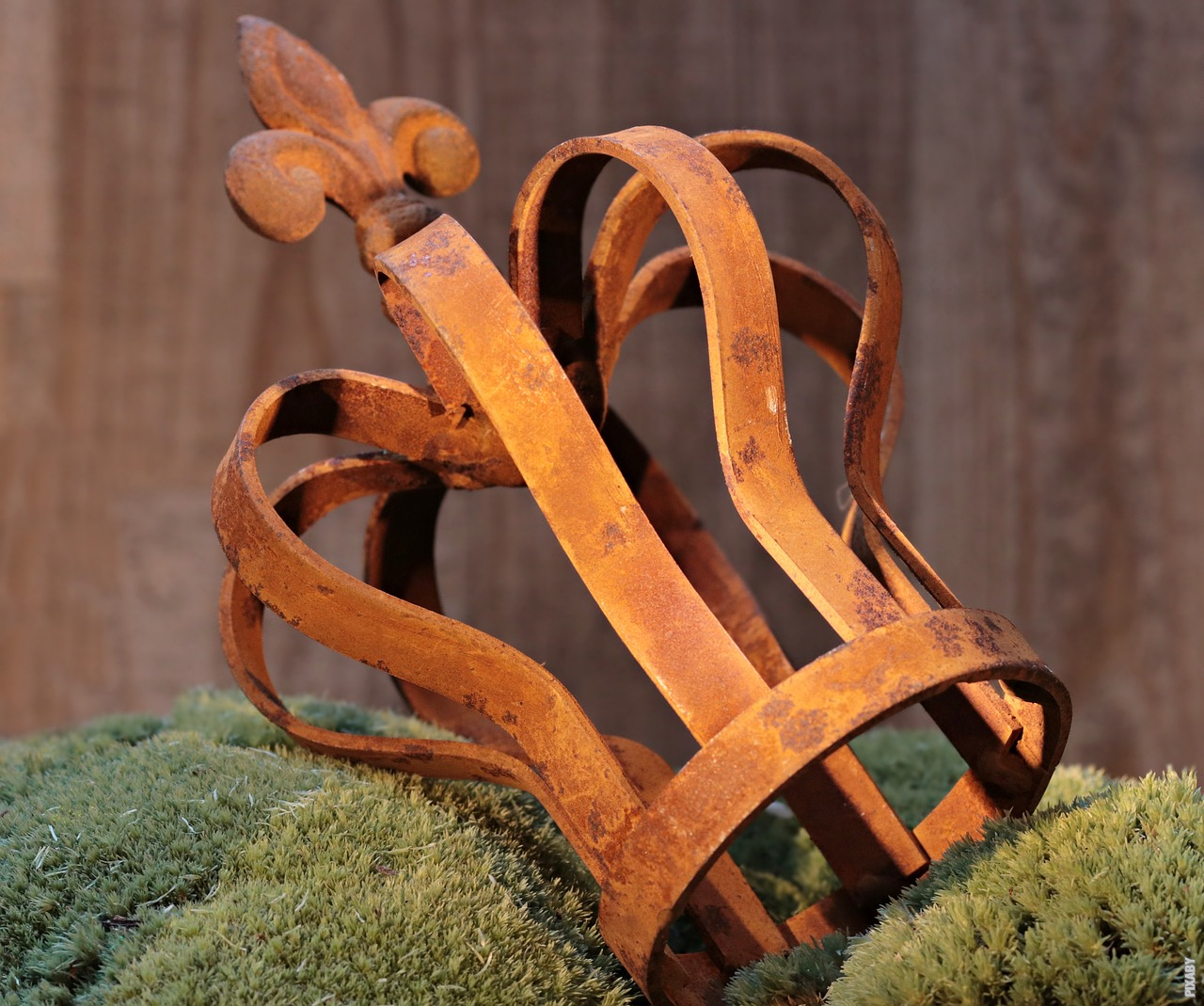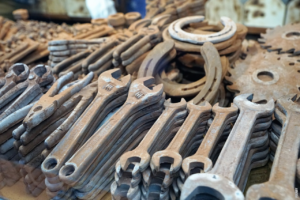The Silent Battle: Iron vs. Oxygen
Iron, a metal known for its strength and durability, faces a relentless enemy: rust. In this article, we delve into the fascinating world of iron oxidation and explore the reasons behind its rusting phenomenon.
A Chemical Tango: Iron and Oxygen
At the heart of the rusting process lies a chemical dance between iron and oxygen. When iron comes into contact with oxygen and moisture, a reaction occurs, leading to the formation of iron oxide, commonly known as rust. This chemical reaction is known as oxidation, and it gradually eats away at the surface of the iron, causing it to deteriorate and weaken.
The Role of Water: Catalyst for Rust
While oxygen is a key player in the rusting process, water acts as a catalyst, accelerating the reaction. Moisture enables the movement of electrons between iron atoms, allowing the iron to oxidize more rapidly. This explains why iron objects left outdoors or exposed to high humidity are more prone to rusting.
Protective Measures: The Fight Against Rust
Various methods have been developed to combat rust and protect iron objects. One common technique is coating iron surfaces with a layer of paint or a specialized rust-resistant material, such as zinc or chrome. These coatings act as a barrier, preventing oxygen and moisture from reaching the iron and thus inhibiting the rusting process.
The Role of Impurities: Accelerating Rust Formation
Interestingly, impurities present in the iron itself can also accelerate the rusting process. Iron alloys, which contain small amounts of other metals, can be more susceptible to rusting than pure iron. This is because the presence of impurities creates sites of weakness on the iron’s surface, facilitating the initiation of oxidation.
Post
Post
Environmental Factors: A Rusting Influence
Environmental conditions play a significant role in the rate of rust formation. Factors such as temperature, humidity, and the presence of pollutants can all impact the speed at which iron rusts. For example, saltwater environments are particularly harsh on iron, as the salt acts as an electrolyte, enhancing the movement of electrons and accelerating the rusting process.
Rust Prevention: A Constant Battle
Despite our best efforts, rust prevention remains a constant battle. The natural properties of iron make it prone to oxidation, and over time, even the most well-protected iron objects may succumb to rust. However, ongoing research and advancements in materials science continue to offer hope for improved rust prevention techniques.
As we contemplate the battle between iron and rust, we gain a deeper appreciation for the intricate processes at play. Iron’s vulnerability to rust serves as a reminder of nature’s power and the ongoing efforts required to protect and preserve this vital metal.



